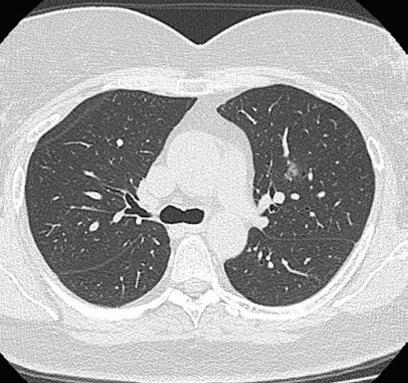The rise of Public Health Public health may have once been the quiet achiever of the health system, but COVID-19 has changed all that.
James Knox reports.
Cigarettes, alcohol, illicit drugs, prescription opioids, suicide, mental illness and sexually transmitted diseases all share an unfortunate commonality: they are, in widely varying degrees, bad for us. This simplistic summation may seem obvious but if you dig a little deeper, you will find public health policy at the root of this schema. The role of public health, now more than ever, has come to the fore of the collective consciousness thanks to the coronavirus pandemic, with constant reminders of what we should and should not be doing and what we are not permitted to do. Australia and particularly New Zealand’s success in avoiding the worst of the pandemic is in large part due to the population’s trust in public health, trust of those elected to act in the best interests of their constituents and trust that they follow the best advice from specialists. Yet, as can be seen in countries such as the United States and Brazil, which seemingly are unable to control the spread of the virus, another commonality is shared: wholesale undermining of public health. The failure of these countries to manage the pandemic highlights the dangers of politicising and ultimately delegitimising public health, which is why countries such as Australia and New Zealand need to be especially careful now 18 | SEPTEMBER 2020
in the way they deliver messages to maintain the trust of their populations. That is easier said than done.
Managing the message It may be reductionist to say public health is all about the messaging, even though its success is heavily reliant on effectively communicating consistent messages, particularly in a pandemic such as COVID-19, that requires direct and immediate results. The Chief Health Officer of Western Australia, Dr Andrew Robertson, and his department are responsible for ensuring the messages are successfully delivered to the state.
“This was crucial in establishing credibility and building public trust, particularly with the rapid implementation of restrictions when Australia first started recording COVID-19 cases. “As we contemplated health systems under a huge amount of pressure, communication became a crucially important intervention to ensure that all members of the WA community worked together to protect themselves and others to avoid the emergency department, hospital ward, or intensive care units,” he explained. “The messaging needed to get the balance right on communicating the risk of a virus that initially was not present in WA, reassuring the public, and reinforcing the potential urgency of the challenges we might face in the months ahead.”
Balancing act
“I would say within the context of the COVID-19 pandemic, or any outbreak for that matter, consistent public health messaging is a critically important public health intervention,” Dr Robertson told Medical Forum. Although reducing the spread of the virus has been the main objective of the messaging, Dr Robertson explained this was shaped by national messaging, as well as correcting mistaken statements, emphasising shared vulnerability, and being open about areas of uncertainty and complexity.
While communicating a harmonised, inclusive, and tangible message that is understandable for most of population is the objective, the difficulty is in reaching those who are not in the ‘most’ category. “Clear, simple and consistent public health messaging is critical. To address some of the difficulties in that task, we have worked to understand the needs of specific groups who might experience barriers to accessing information, and this includes providing information in multiple and accessible formats. “For example, we have a collection
MEDICAL FORUM | RESPIR ATORY HEALTH ISSUE
BACK TO CONTENTS
FEATURE














